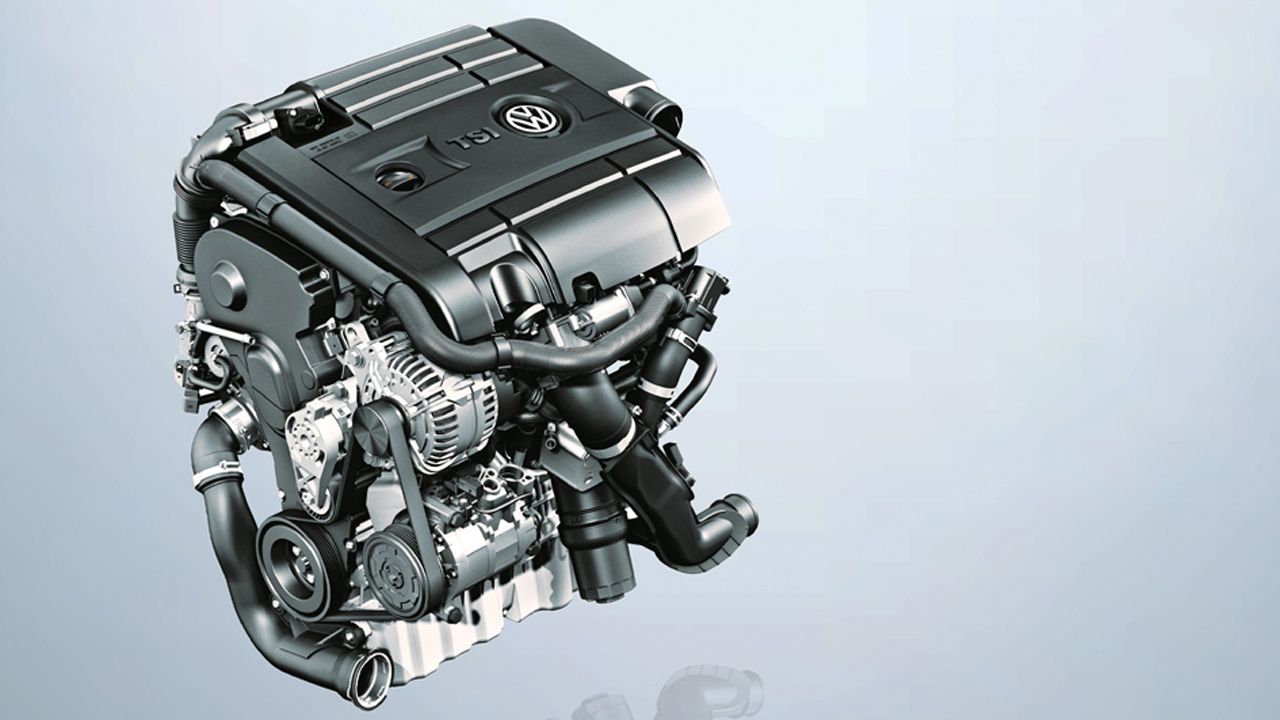
Few technologies have progressed as far as forced induction when it comes to engine development. In this special feature, we look at how Volkswagen’s TSI technology has brought in both power & efficiency, as well as German quality, in a very effective package.
Vehicle technology has come a long way in the past 30 years, and one of the major leaps in producing more efficient and powerful engines has been the adoption of turbocharging. Turbocharging, or forced induction as it’s referred to, allows carmakers to increase the power output of engines, while also increasing their efficiency levels. Volkswagen has been a pioneer of this technology and has actively contributed to the advancement of forced induction engines over the decades.
Global acclaim
Using TSI (Turbo Stratified Injection) technology, VW has managed to produce award-winning engines that have received global acclaim. In fact, their TSI range of engines has won the prestigious Engine of the Year award 7-times.
Volkswagen has used a number of smart design techniques to make their TSI range even more efficient. These include redesigning moving parts to use less material, which reduces mass and optimizes fuel injection. Small engines with lower displacements are more efficient because they weigh less, have lower friction losses and reach maximum efficiency more often. Intending to meet future regulation, and reducing the carbon footprint of its products, Volkswagen has managed to make their petrol engines cleaner and more efficient, while retaining that crucial element of being fun to drive. The ultimate aim is to create engines that use less fuel and produce lower CO2 emissions without sacrificing power. VW’s secret sauce ensures that these engines combine both driving pleasure and economy.

The solution Volkswagen’s engineers came up with was quite ingenious – an engine that combines petrol direct injection and turbocharging, and, in some cases, twin-charging – a turbocharger and a supercharger working together. Using this technological breakthrough, the TSI engine was born. The effect is to combine the benefits of both petrol and diesel power units – smooth and quiet on the road, TSI delivers high torque throughout the acceleration range with little discernible turbo lag.
Another benefit the TSI range of engines – the units range across a wide variety of engine sizes – provide is that they allow for the downsizing of engines. With turbocharging enabling the engine to produce more power and torque, the four-cylinder range of TSI engines can easily make as much power as bigger six-cylinder engines. And with the smaller TSI engines being naturally more efficient than their larger counterparts, customers not only get enough power and torque but also greater fuel efficiency, which means that it’s a win-win for all.
Of course, with modern advances in turbocharging, the new range of TSI engines offer instant throttle response, with the turbo kicking in earlier – enabling a wider spread of torque and power. This means that the engine response of the TSI engines makes cars such as the Polo GT TSI and Vento TSI a delight to drive. In fact, its performance is one of the key reasons why even today you still have to wait to get your Polo GT TSI – you can’t just buy one off the shelf. The allure of the GT TSI is such that it remains the default choice for car enthusiasts across the country. Enthusiasts and selective customers love how the Polo GT TSI pairs exceptional performance with usability.
A good automatic is a godsend
Another unique technological development, which has been greatly appreciated worldwide, is VW’s dual-clutch automatic gearboxes. With a combination of two clutches and predictive management – the gearbox responds instantly and keeps the clutches constantly at work by predicting what the driver’s next input will be. And, there’s no doubt that in our increasingly congested urban centres, a good automatic gearbox is a godsend.
In fact, the technology has been so effective that Volkswagen India’s racing program has benefitted greatly from the TSI engines and DSG gearboxes. With the capability of getting tuned to much higher outputs, the engines have helped run the highly successful Ameo Cup program, and have also powered the Polo rally car, which has seen numerous victories on the Indian motorsport circuit.
Technological superiority aside, there are other qualities too that make VW’s cars such a pleasure to drive. One, the build quality and refinement are unmatched, and, two, their suspensions are tuned perfectly to suit our rough roads. In addition to this, Volkswagen’s TSI engines are designed to deliver maximum torque from engine speeds as low as 1,500 to 1,800rpm. This translates into very accessible power in everyday driving conditions, ensuring both driving pleasure and fuel economy. The driver can make use of the superb power delivery across a wide range of engine speeds, and TSI engines can be combined to excellent effect with higher, fuel-saving gear ratios.
Have your cake & eat it too
The basic fact of the matter is that Volkswagen’s TSI range of engines – especially when combined with their DSG automatic gearboxes – offer up some of the most high-tech vehicles in each of their segments. And with their renowned German build quality, this means that Indian customers are treated to cutting-edge technology and world-class products that are tuned specifically for the Indian market.
With VW’s latest range of models, Indian customers will continue to reap the dual benefit of higher efficiency, paired with excellent driving feel. And while this adage may sound too good to be true, in the case of the Volkswagen TSI engines – with their efficiency, power delivery and class-leading quality – you can have your cake and eat it too.
Read more:
10 years of the Volkswagen Polo in India


























1 Comment
1.5lt TSI is great engine
Reply